NEW YORK − Air conditioning has been a lifesaver in recent weeks for broad swaths of Americans left sweating ‒ and worse ‒ from scorching temperatures. But in parts of upper Manhattan, the quest for cool air has led to disease and death.
Deep inside the cooling towers of nearly a dozen apartment buildings, bacteria have taken advantage of poor maintenance to flourish and expand. As large air conditioning systems blew cool air into apartments, the bacteria hitched rides on the warm air they spewed out, in the other direction, into the Harlem skyline.
Since July 25, at least 67 people in five zip codes have inhaled that bacteria, and developed what's called Legionnaires' disease. Twenty-four were hospitalized and three have died.
It's already the largest outbreak in New York City in a decade, and health officials expect the number of people infected to rise.
City workers have already sampled all cooling towers in the five affected ZIP codes and treated the contaminated ones, Mayor Eric Adams said in a video update.
Disease more common as cities warm
Legionnaires' disease was once rare, named for a veterans' organization whose members were sickened in a Philadelphia hotel.
However, in recent decades, it has steadily become more common nationwide, according to the U.S. Centers for Disease Control and Prevention. There has been a ninefold increase since 2000, and research shows that hotter, more humid temperatures in a warming climate have contributed to a rise in Legionnaires'.
“When you have really hot environments, infrastructure is not keeping up,” said Jean Grassman, an associate professor at the City University of New York Graduate School of Public Health. “People are realizing, whether you’re talking about floods or cooling systems, they’re not designed for this. The fact that there's failures is not terribly surprising.”
Legionella, the bacteria that cause the disease, thrives in water temperatures between 77 and 113 degrees Fahrenheit, according to the CDC. If buildings fail to properly maintain their cooling towers, the waters can provide an environment for the bacteria to grow, Grassman said.
The Northeast experienced several days of extremely hot weather and flooding in late July, spurring the heavy AC use that seems to have fueled the outbreak.

What is Legionnaires' disease and who's at risk
The disease takes its name from a 1976 outbreak at a state convention of the American Legion veterans organization in a Philadelphia hotel. More than 180 people contracted the disease and 29 died.
Legionnaires' disease causes a serious form of pneumonia. It’s not spread person to person, but because the bacteria are in the air or air handling systems, clusters of people can become infected.
With proper diagnosis, the bacterial disease is easily treatable with antibiotics, but its flu-like symptoms are often ignored until it's too late.
Typically, clusters have been concentrated in lower-income and nonwhite communities. The current outbreak is in central Harlem, a historically Black neighborhood.
The city saw its largest recent outbreak in 2015, when 138 cases and 16 deaths were linked to a single cooling tower in the South Bronx. In 2022, the Highbridge neighborhood of the Bronx had a cluster of 30 people diagnosed with the disease, according to a city health department report.
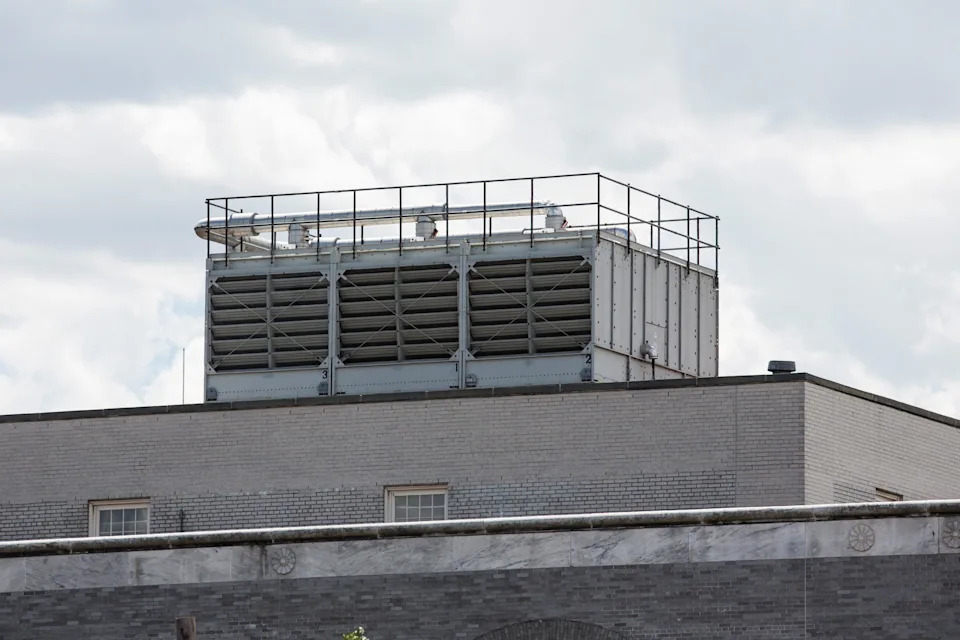
Dr. Tyler Evans, a former New York City health official, said Legionnaires’ disease tends to oscillate between the Bronx and Harlem.
“Just like a lot of other infectious disease outbreaks, there is a sort of predilection for historically marginalized communities,” he said. “In this particular case, it’s Black and brown communities.”
These communities tend to have higher rates of chronic health issues, such as asthma or chronic obstructive pulmonary disease, which put people at risk for serious disease if they inhale the bacteria, Evans said.
Dr. Michelle Morse, the acting city health commissioner, said those at higher risk also include older people and those who smoke or have chronic lung conditions. She warned people in the five impacted ZIP codes ‒ 10027, 10030, 10035, 10037, and 10039 ‒ to be mindful of symptoms and seek care.
People should continue to use air conditioning, including window units, and other appliances that use water, the health department said.
Dr. Barun Mathema, an associate professor of epidemiology at Columbia University Mailman School of Public Health, in northern Manhattan, said cities across the country should better maintain infrastructure, such as cooling towers, to prevent future outbreaks.
“We built these systems,” he said. “We should be able to maintain them.”
Eduardo Cuevas is a reporter for USA TODAY based in New York City. Reach him by email at [email protected] or on Signal at emcuevas.01.
This article originally appeared on USA TODAY: An obscure disease keeps spreading through air conditioning
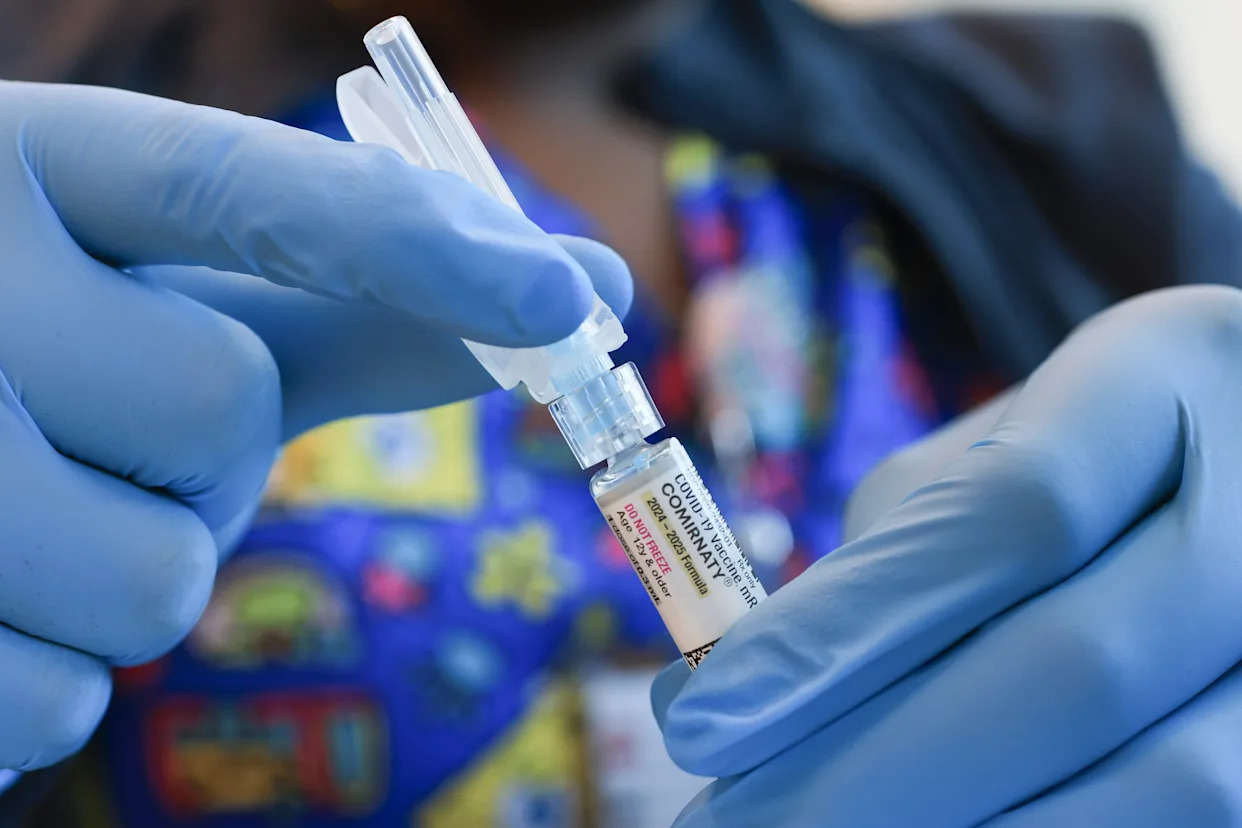



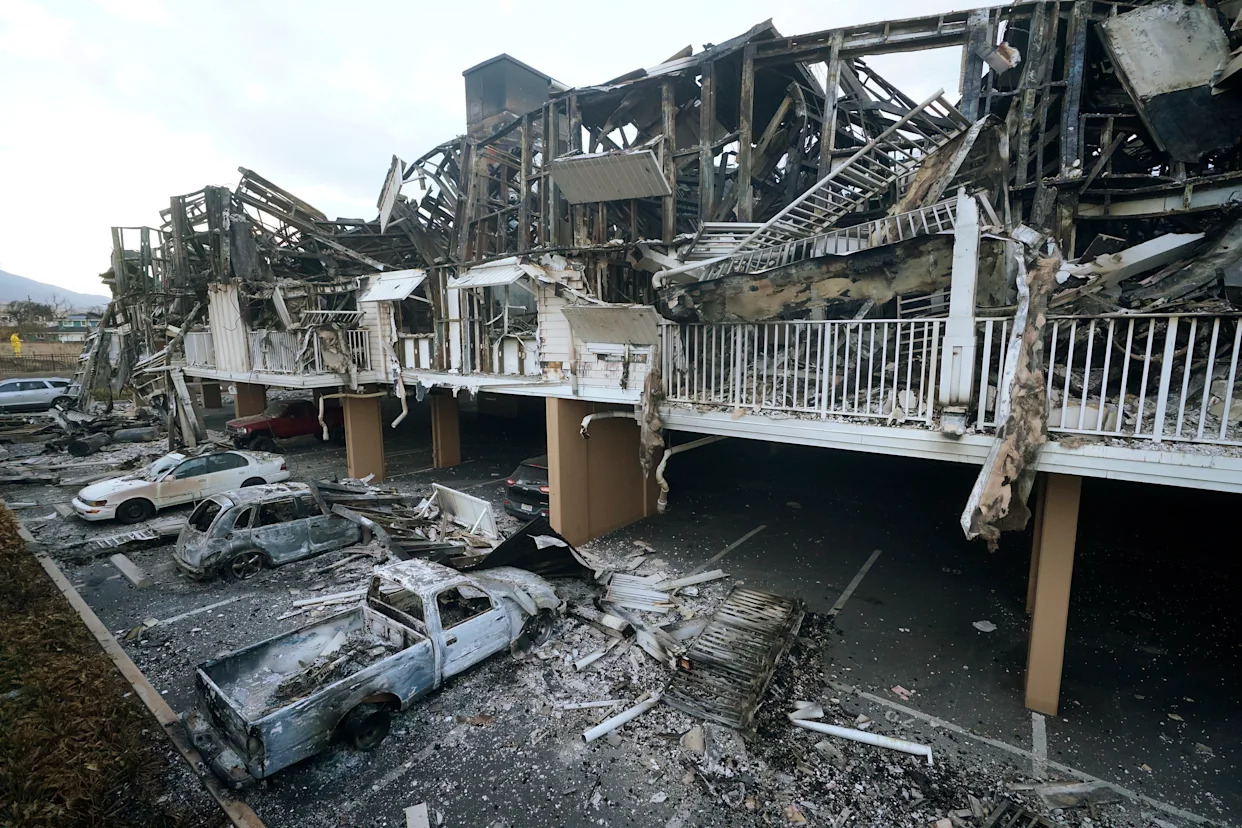
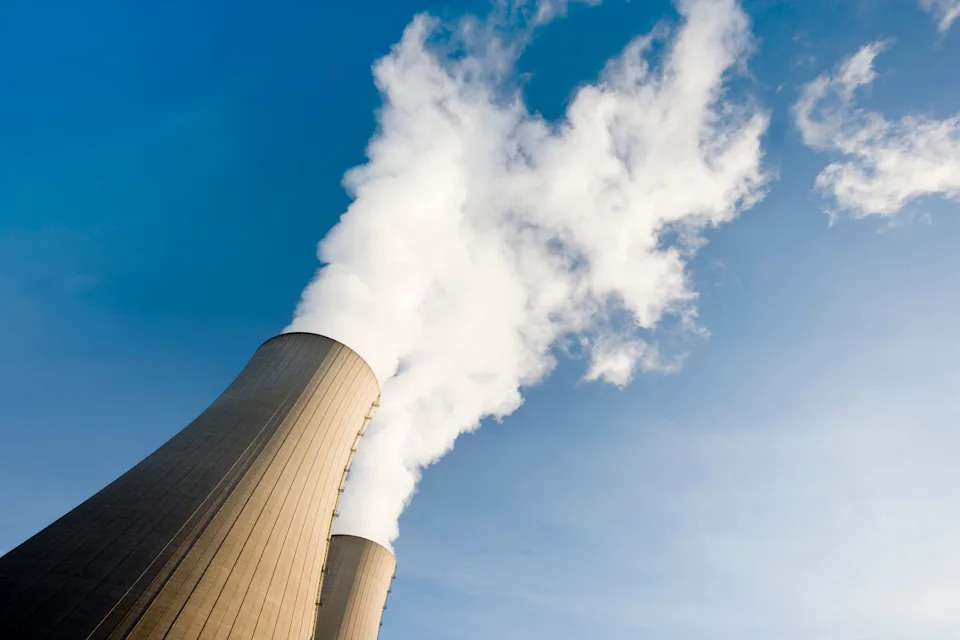
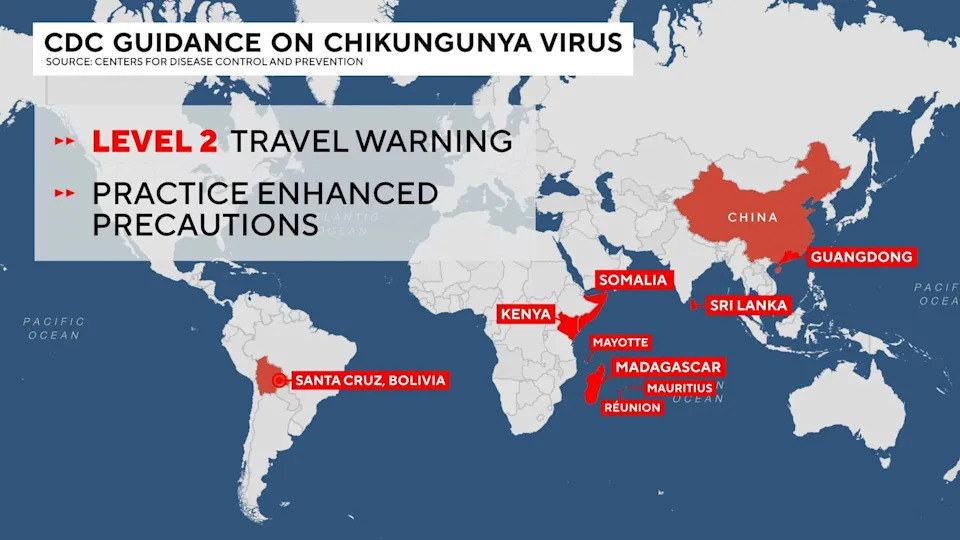
Comments